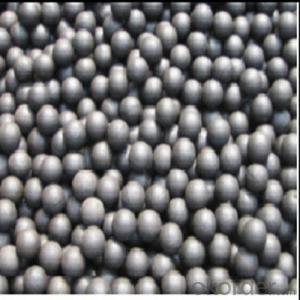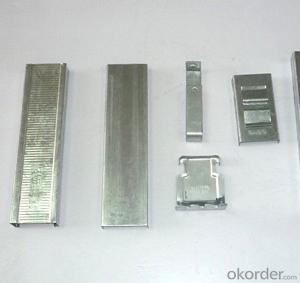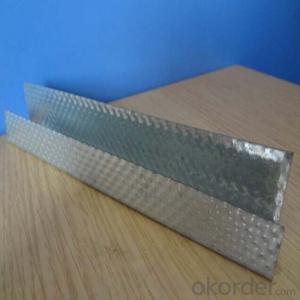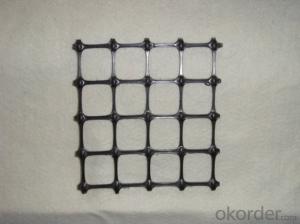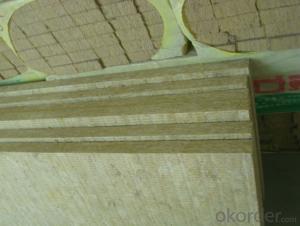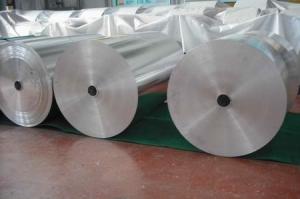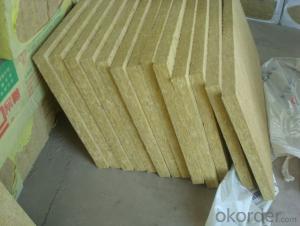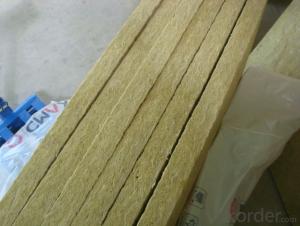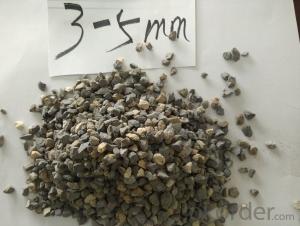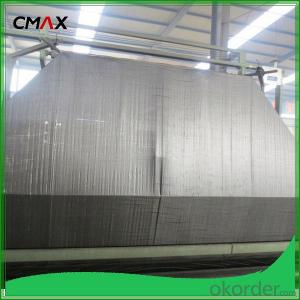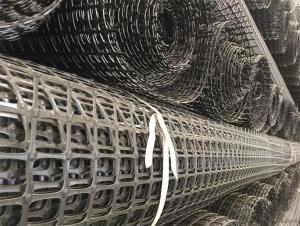Geogrid In Retaining Walls
Geogrid In Retaining Walls Related Searches
Best Stainless Steel For Knives Primer For Galvanized Steel H S Code For Stainless Steel Wd 40 For Stainless Steel Spray Paint For Stainless Steel Glue For Stainless Steel Drill Bits For Stainless Steel Spray For Stainless Steel Welder For Stainless Steel Magnets For Stainless SteelHot Searches
Steel Mesh Panels For Sale Price For Stainless Steel Scrap Scrap Price For Stainless Steel Cheap High Tea Sets For Sale Stainless Steel Tanks For Sale High Density Fiberboard For Sale Solar Hot Water Collectors For Sale Scaffolding For Sale In Uae Scaffolding For Sale In Ireland Scaffolding For Sale In Houston Type Of Inverter For Solar Price Of Shipping Containers For Sale Types Of Inverter For Solar Stock Price For Aluminum Used Solar Inverter For Sale Portable Led Signs For Sale Stone Hot Water Bottles For Sale Large Led Screens For Sale Used Aluminum Scaffolding For Sale Steel Mesh Panels For SaleGeogrid In Retaining Walls Supplier & Manufacturer from China
Okorder.com is a professional Geogrid In Retaining Walls supplier & manufacturer, offers integrated one-stop services including real-time quoting and online cargo tracking. We are funded by CNBM Group, a Fortune 500 enterprise and the largest Geogrid In Retaining Walls firm in China.Hot Products
FAQ
- Geogrids enhance the performance of geocells by providing reinforcement and stability to the structure. They help distribute the load evenly, prevent lateral spreading, and increase the overall strength of the geocell system. Additionally, geogrids reduce the potential for soil erosion and improve the long-term durability of the geocell installation.
- Fiberglass grille width
- Geogrid, fiberglass geogrid
- Yes, geogrids can be used in bridge abutment construction. Geogrids are commonly used to reinforce soil and provide stability in various civil engineering applications, including bridge abutments. They help distribute loads and improve the overall performance and longevity of the structure.
- What way to quickly cut the geogrid
- 3, one-way geogrid for reinforcing the dam and road slope and retaining wall: the traditional embankment especially filling high embankment filling and often need to shoulder edge easy compaction, resulting in slope rainwater invasion, collapse phenomenon, at the same time with a gentle slope, covers an area of large, retaining wall have the same problem with Geogrid embankment slope or retaining wall reinforcement can be reduced by two points a area, prolong service life, reduce the cost of 20 - 50%.4, one-way geogrid to reinforce the River seawall: made of stone cage, with the grid and use, prevent the dam washed collapse, stone cage is permeable and can reduce the impact of the waves, prolong the life of the dam, save manpower, shorten the construction period.
- Geogrids help in load distribution by providing reinforcement and stability to soils. They are designed to distribute loads over a wider area, reducing the concentration of stress on the soil and improving its load-bearing capacity. The geogrids interlock with the soil particles, creating a stronger and more cohesive structure that can withstand heavier loads without excessive settlement or deformation. Overall, geogrids enhance the load-bearing performance of soils, preventing localized failures and promoting a more even distribution of forces.
- Yes, geogrids can be used for reinforcement in asphalt overlays. They are commonly used to improve the structural integrity and durability of asphalt overlays by providing additional support and reducing the potential for cracking and rutting. Geogrids can help distribute the load more evenly, increase the tensile strength of the pavement, and enhance long-term performance.
- The effect of confinement on geogrid performance is generally positive. Confinement refers to the lateral pressure applied to the geogrid by the surrounding soil or aggregate material. This confinement helps to enhance the geogrid's stiffness, tensile strength, and overall performance. It improves the geogrid's ability to distribute loads, reduce deformation, and increase soil stability. Confinement can significantly enhance the geogrid's ability to reinforce and stabilize soil structures, such as retaining walls, slopes, and embankments.
- Yes, geogrids are suitable for reinforcement of soft subgrades. Geogrids are commonly used in civil engineering projects to improve the stability and strength of weak soil or subgrade. They help distribute load and reduce settlement, preventing soil deformation and enhancing overall performance. Geogrids effectively reinforce soft subgrades by confining the soil particles and increasing their shear resistance, resulting in improved stability and reduced risks of failure.



